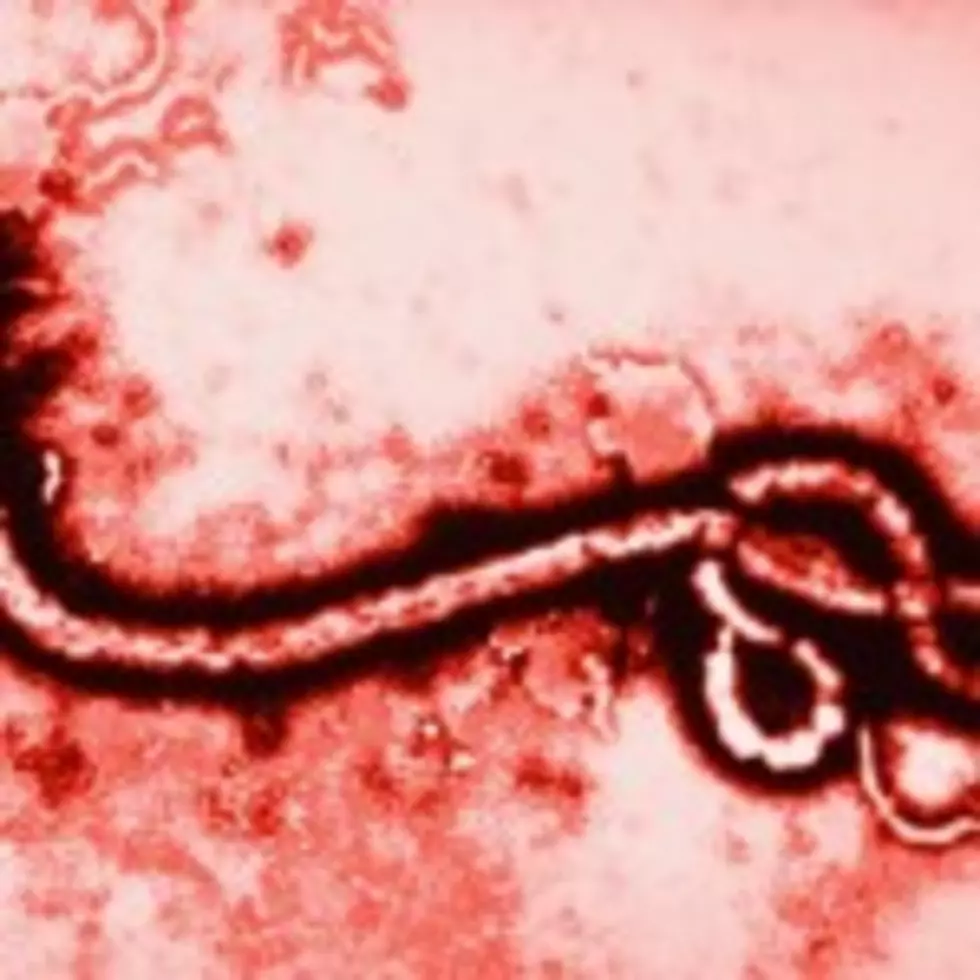
Ebola – What You Need To Know
The Centers for Disease Control and Prevention expressed confidence Tuesday that the Ebola virus will not spread throughout the country despite the first diagnosis of someone infected with the potentially deadly disease in the U.S.
"There is no doubt in my mind we will stop it here." CDC Director Dr. Tom Frieden
According to health officials, the patient, who has been in isolation at Texas Health Presbyterian in Dallas since Sunday, left Liberia on September 19 and arrived in the U.S. a day later. The unidentified patient began feeling ill on September 24 and sought medical help on September 26. Tests confirming the Ebola diagnosis came back on Tuesday.
Although several American Ebola patients have been treated in the United States prior to this diagnosis, they all contracted Ebola in West Africa where an outbreak has killed 2,917 people and infected 3,346 others since last March.
Here are the facts that you need to know according to the W-H-O website.
Key facts
- Ebola virus disease (EVD), formerly known as Ebola haemorrhagic fever, is a severe, often fatal illness in humans.
- The virus is transmitted to people from wild animals and spreads in the human population through human-to-human transmission.
- The average EVD case fatality rate is around 50%. Case fatality rates have varied from 25% to 90% in past outbreaks.
- The first EVD outbreaks occurred in remote villages in Central Africa, near tropical rainforests, but the most recent outbreak in west Africa has involved major urban as well as rural areas.
- Community engagement is key to successfully controlling outbreaks. Good outbreak control relies on applying a package of interventions, namely case management, surveillance and contact tracing, a good laboratory service, safe burials and social mobilisation.
- Early supportive care with rehydration, symptomatic treatment improves survival. There is as yet no licensed treatment proven to neutralise the virus but a range of blood, immunological and drug therapies are under development.
- There are currently no licensed Ebola vaccines but 2 potential candidates are undergoing evaluation.
Transmission
It is thought that fruit bats of the Pteropodidae family are natural Ebola virus hosts. Ebola is introduced into the human population through close contact with the blood, secretions, organs or other bodily fluids of infected animals such as chimpanzees, gorillas, fruit bats, monkeys, forest antelope and porcupines found ill or dead or in the rainforest.
Ebola then spreads through human-to-human transmission via direct contact (through broken skin or mucous membranes) with the blood, secretions, organs or other bodily fluids of infected people, and with surfaces and materials (e.g. bedding, clothing) contaminated with these fluids.
Health-care workers have frequently been infected while treating patients with suspected or confirmed EVD. This has occurred through close contact with patients when infection control precautions are not strictly practiced.
Burial ceremonies in which mourners have direct contact with the body of the deceased person can also play a role in the transmission of Ebola.
People remain infectious as long as their blood and body fluids, including semen and breast milk, contain the virus. Men who have recovered from the disease can still transmit the virus through their semen for up to 7 weeks after recovery from illness.
Symptoms of Ebola virus disease
The incubation period, that is, the time interval from infection with the virus to onset of symptoms is 2 to 21 days. Humans are not infectious until they develop symptoms. First symptoms are the sudden onset of fever fatigue, muscle pain, headache and sore throat. This is followed by vomiting, diarrhoea, rash, symptoms of impaired kidney and liver function, and in some cases, both internal and external bleeding (e.g. oozing from the gums, blood in the stools). Laboratory findings include low white blood cell and platelet counts and elevated liver enzymes.
Source: World Health Organization. For more information click here.
More From AM 950 KOEL
![NASCAR Champion Tony Stewart Lowers the Price on Jaw-Dropping Estate — See Inside! [Pictures]](http://townsquare.media/site/204/files/2024/04/attachment-nascar-tony-stewart-house.jpg?w=980&q=75)







![Jelly Roll Goes Full Dad Mode With Fan’s Baby and It’s So Cute It Hurts [Watch]](http://townsquare.media/site/204/files/2024/04/attachment-Jelly-Roll1.jpg?w=980&q=75)
